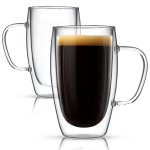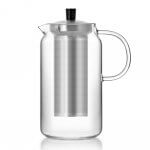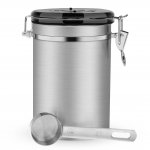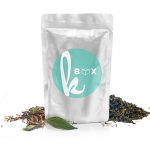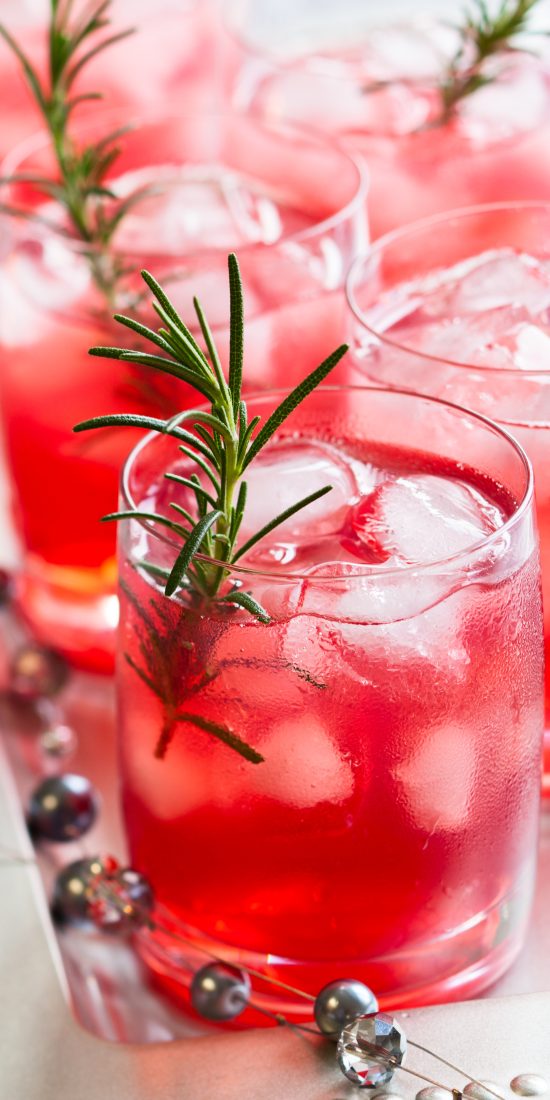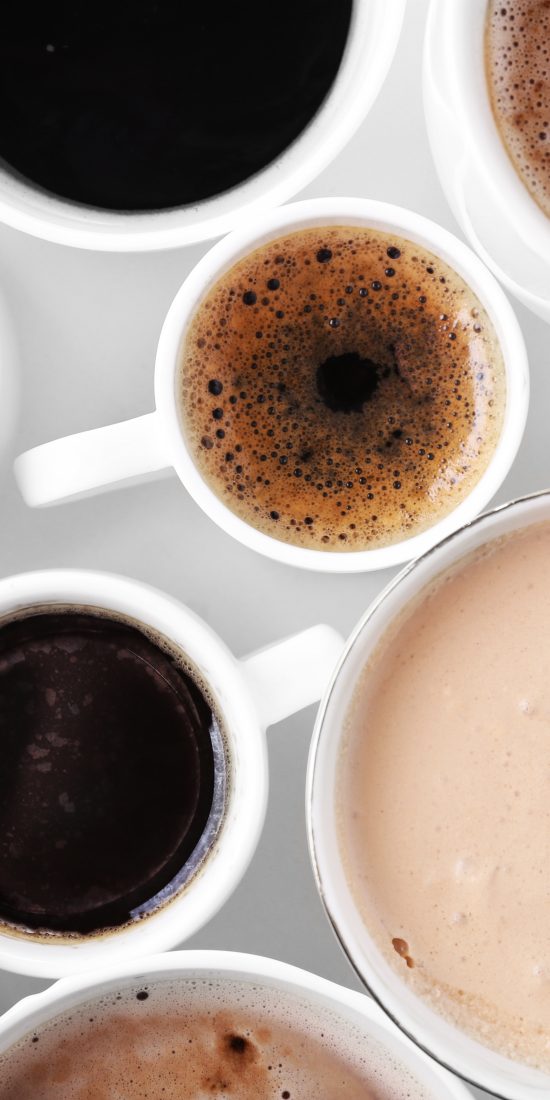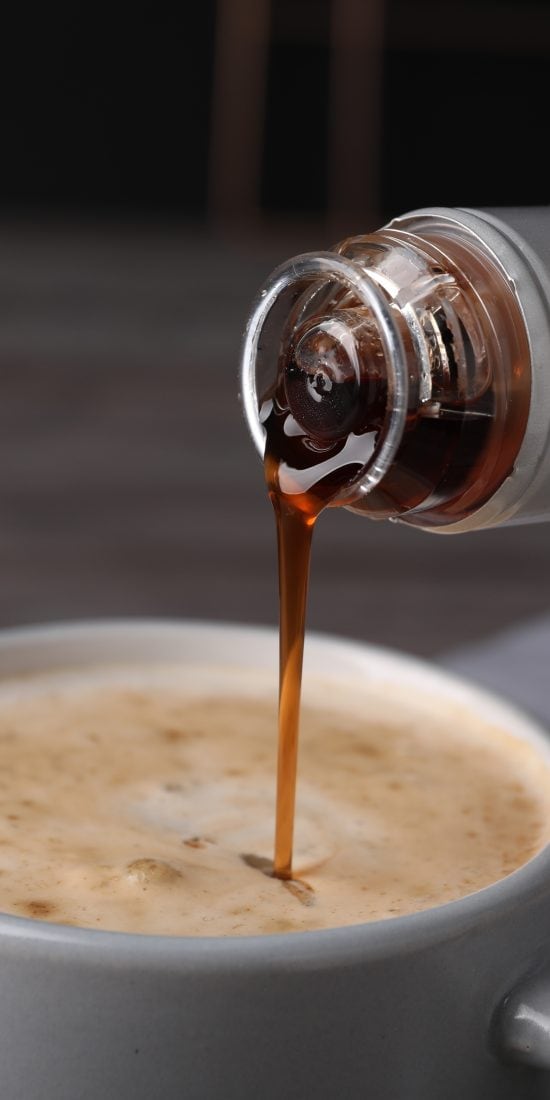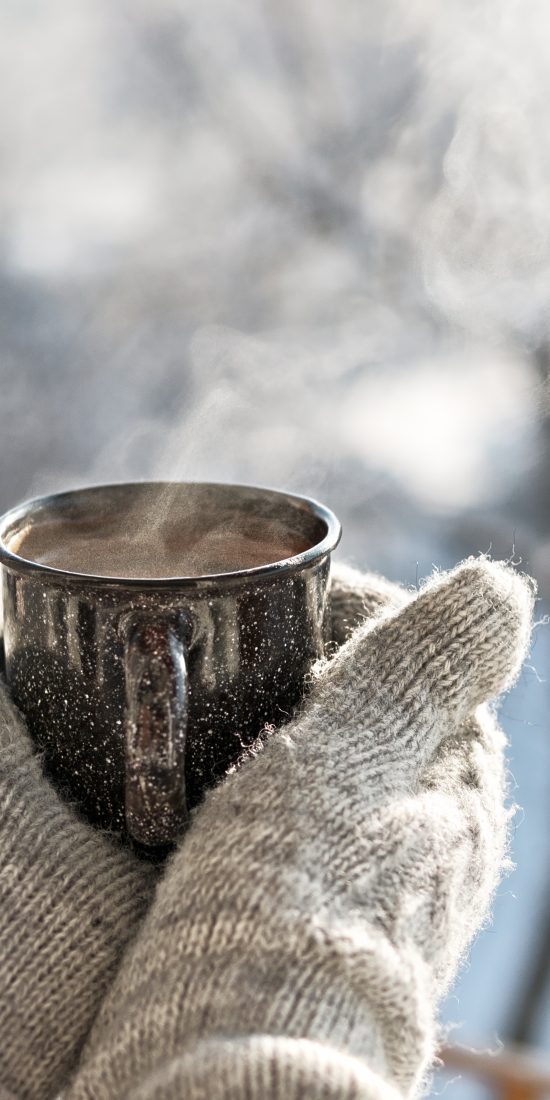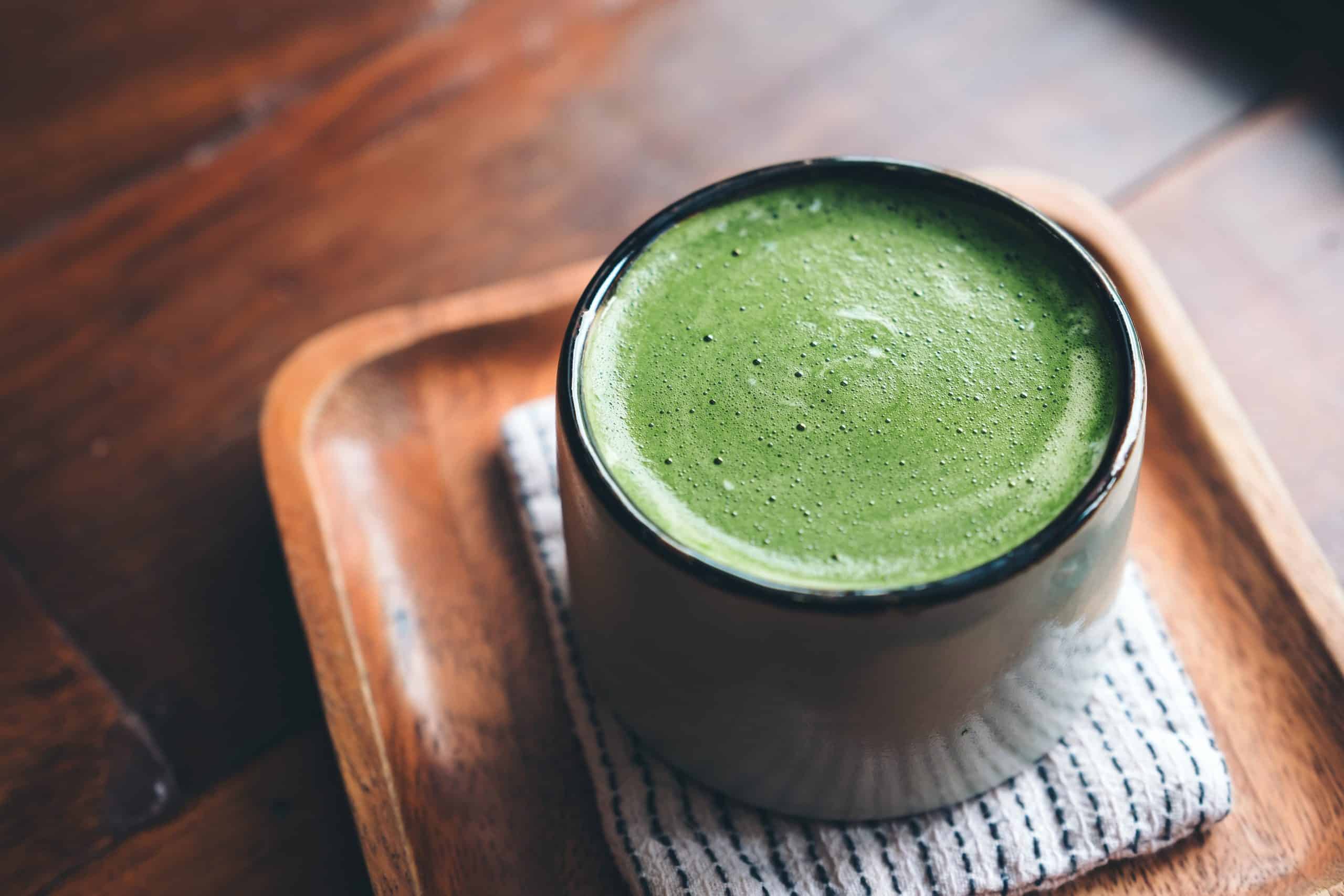
What Is Matcha? A Beginner’s Guide to The Supertea
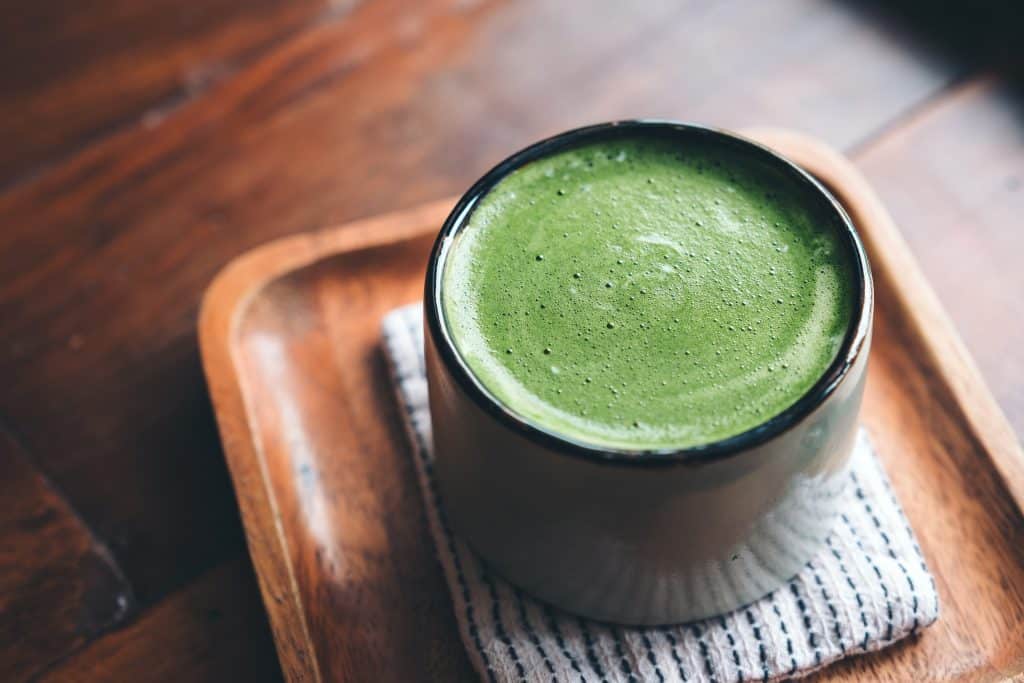
Matcha has taken the wellness world by storm and for good reason. From Instagram-worthy lattes to antioxidant-packed smoothies, this vibrant green powder has become a staple in kitchens and cafés worldwide. But what is matcha, exactly? If you’re curious about this bright green supertea, you’re in the right place. In this beginner’s guide, we’ll walk you through everything you need to know about matcha from how it’s made to how to enjoy it at home.
What Is Matcha?
At its core, matcha is a type of powdered green tea, made from specially grown and processed leaves of the Camellia sinensis plant, the same plant used for traditional green tea. However, the difference lies in the cultivation and preparation.
Unlike loose-leaf green tea, where the leaves are steeped and then discarded, matcha tea is made from finely ground whole tea leaves. As a result, you’re consuming the entire leaf along with all its nutritional benefits. This concentrated form is what makes it a popular superfood.
What Is Matcha Made Of?
The answer is simple: 100% green tea leaves. However, not just any green tea will do. It’s made from shade-grown tea plants, which are covered for about 20–30 days before harvest. This process boosts chlorophyll production, giving it the vibrant color and increasing its L-theanine content, a unique amino acid that promotes calm focus.
After harvesting, the leaves are steamed to prevent oxidation, then dried and stone-ground into a fine powder. That’s what matcha powder truly is: a bright green, velvety tea powder packed with flavor and nutrients.
Types of Matcha
There are two main grades of matcha:
- Ceremonial Grade: The highest quality, traditionally used in Japanese tea ceremonies. It has a delicate flavor and is best enjoyed with hot water only, no milk or sweeteners.
- Culinary Grade: Slightly more bitter and robust, ideal for blending into lattes, baked goods, or smoothies.
Not sure which to pick? Start with culinary grade matcha if you’re new to the taste and want to experiment with recipes.
What Does Matcha Taste Like?
Matcha has a bold, grassy flavor with a smooth, creamy texture when prepared correctly. It delivers an umami flavor that’s unique to shade-grown teas. While some find it slightly bitter at first, high-quality matcha is well-balanced and mellow.
Temperature matters! Using hot (not boiling) water, around 160-175°F (70-80°C), helps bring out the best flavor without making it bitter.
Is Matcha Healthy?
If you’re asking, “Is matcha healthy?”—the answer is a resounding yes. There’s strong scientific evidence to support its many health benefits.
It’s rich in catechins, especially EGCG (epigallocatechin gallate), a potent antioxidant known for its anti-inflammatory effects, cellular protection, and metabolism-boosting benefits. It also contains L-theanine, which promotes relaxed alertness and balances out the caffeine for a more sustained energy boost.
How to Make Matcha Tea at Home
Making matcha tea at home can be both simple and rewarding. Here’s a quick guide:
Traditional Method:
What you’ll need:
- 1 tsp matcha powder
- 2 oz hot water (not boiling)
- Bamboo whisk (chasen) and bowl
Steps:
- Sift matcha into a bowl to remove clumps.
- Add hot water.
- Whisk in a zigzag (M or W) motion until frothy.
Modern Method:
Blend matcha with hot water using a milk frother or electric whisk. Add steamed milk and a touch of honey for a homemade matcha latte.
Tips for Buying and Storing Matcha
To get the best experience, choose high-quality matcha from trusted sources. Look for:
- Vibrant green color (dull or yellowish color is lower quality)
- Origin in Japan (especially Uji or Nishio regions)
- Air-sealed, light-blocking packaging
Wondering, “can matcha powder go bad?” Yes, it can. Once opened, it begins to degrade due to exposure to light, heat, and air. Store it in an airtight container in the fridge and use it within 1–2 months for peak flavor and potency.
Creative Ways to Use Matcha
Matcha isn’t just for tea. You can enjoy its rich flavor and health benefits in dozens of creative ways:
- Smoothies – Blend with banana, spinach, almond milk, and honey
- Iced Matcha Lemonade – A refreshing summer drink
- Energy Balls – Mix with oats, nut butter, and coconut flakes
- Baking – Add to cookies, muffins, or even pancakes
- Savory Dishes – Try matcha-infused sauces, dressings, or salt blends
Final Thoughts
So, what is matcha tea all about? It’s a time-honored tradition turned into a modern wellness trend. Whether you’re sipping it hot, blending it cold, or baking it into treats, matcha powder offers an energizing, antioxidant-rich ritual that’s easy to enjoy every day. Now that you know what matcha tea is made of, how it’s made, and how to enjoy it, you’re ready to whisk up your own cup of goodness.
If you’re ready to elevate your tea experience, check out Kitchables. Our double-walled glass tea cups are designed to keep your matcha warm and your hands cool, all while showcasing that vibrant green hue. There’s no better way to enjoy this bright green supertea.
